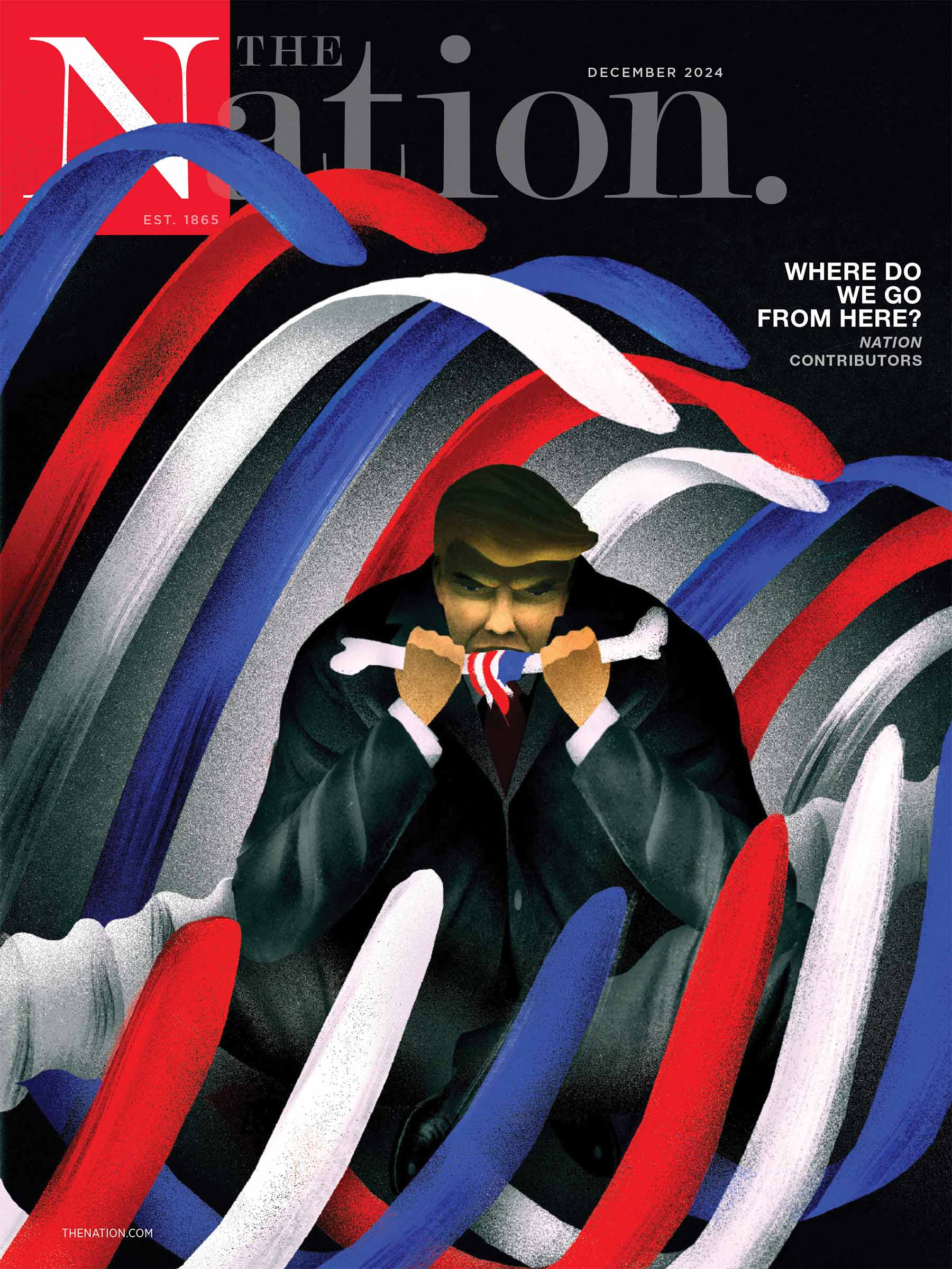Many students are beginning to realize that a college degree no longer guarantees a white-collar job or middle-class lifestyle. Instead, most recent graduates enter the “real world” only to find a severely underwhelming job market, while saddled with an average of $24,000 in student debt.
If students are not careful, or cannot find a job quickly in order to be able to start paying back their loans, this $24,000 can easily balloon to $100,000 or more.
Default: The Student Loan Documentary puts a human face on the student debt crisis, following several borrowers’ stories of struggling with the student lending industry. Most of the featured protagonists borrowed to pay for college, and then defaulted on their loans. In other words, because they were unable to start paying back their loans within nine months of graduation—as is the case with many due to the abysmal job market and everyday expenses—their private loan interest rates spiraled out of control making a once manageable debt wholly insurmountable.
In some cases, their current debt exceeded the total cost of tuition.
Default Trailer 3/18/09 from Default: the Student Loan Docume on Vimeo.
The film explains the frightening realities of intimidating terms like “default,” “forbearance” and “interest rates” and how the student lending industry capitalizes on rising tuition costs to financially cripple unknowing student borrowers. Most 17- and 18-year-olds entering college have no idea what any of these terms mean, and are willing to sign on any dotted line if it ensures that they will be able to attend college. According to Alan Collinge, founder of Student Loan Justice, most of these young borrowers couldn’t tell you what their interest rates are, whether their loans are federal or private or even the name of their lending company.
Many of the people featured in the film were once naïve young student borrowers. Now they are not sure if they will ever be able to buy a home or raise a family, much less find a fulfilling job in the nonprofit sector, simply because of their haunting debt.
They are not a minority.
The cost of attending a public university has more than doubled over the past decade, and college tuition is rising across the board at an average of five percent per year. Household incomes have dramatically decreased due to the financial downturn, while government financial aid is unreliable at best in an era of rampant budget cuts. The only remaining option is to borrow, often from predatory, unregulated private lenders, meaning that two-thirds of bachelor’s recipients now graduate in debt. According to statistics from the US Department of Education, 13 percent of these borrowers will default on their loans within three years of graduating.
Even though student loans are framed as an “investment in the future,” there comes a tipping point where the extreme cost of higher education outweighs its diminishing benefits. If tuition hikes and unregulated borrowing continue unchecked, education will become a forgotten dream for anyone not of the affluent elite. Eventually, there will be few doctors, lawyers, teachers or researchers because no one will be able to pursue the necessary advanced degrees—whose debt statistics make undergraduate student debt look modest.
Default, presented in a concise twenty-seven minutes, does an important job in exposing this widespread crisis and demanding solutions to an unsustainable social problem. It explains words like “default” and “forbearance” through compelling stories, rather than complicated industry-specific jargon that many ignore or hide from on their Sallie Mae notifications. Both a cautionary tale and a call to action, Default calls upon students to unite and organize for Student Loan Justice, rather than drown in their debt alone.
Click here to organize a screening on your college campus.


